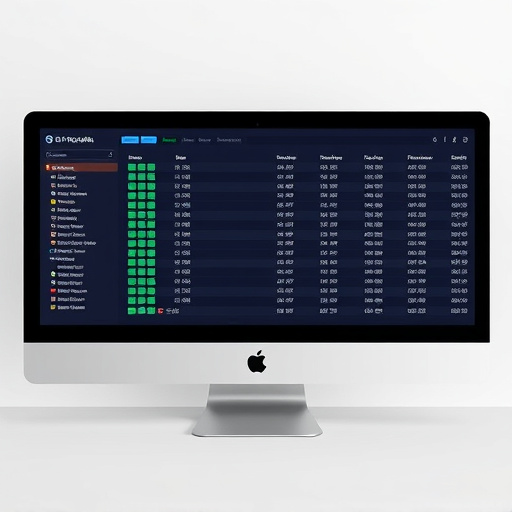Universal Emissions Compliance introduces a unified framework for regulating greenhouse gas emissions across all 50 US states, simplifying business compliance with standardized legal intake processes. This breakthrough initiative streamlines complex state-specific standards, reducing administrative burdens and costs for businesses while promoting consistent data collection, analysis, and reporting. By fostering operational efficiency, these 50-state approved systems encourage innovation and eco-friendly practices, contributing to a more sustainable future on a global scale.
“In today’s globalized world, addressing climate change demands universal emissions compliance. This comprehensive article delves into the intricate landscape of environmental regulation, focusing on a pivotal aspect: the 50-State Legal Intake Systems Approved. We explore how these systems, spanning all US states, are reshaping our approach to pollution control. From understanding the basics of universal compliance to analyzing the implications and future challenges, this piece offers valuable insights into navigating the ever-evolving environmental regulatory landscape.”
- Understanding Universal Emissions Compliance: A Comprehensive Overview
- The 50-State Legal Intake Systems Approved: Implications and Impact
- Navigating the Future of Environmental Regulation: Challenges and Opportunities
Understanding Universal Emissions Compliance: A Comprehensive Overview

Universal Emissions Compliance refers to a unified framework designed to regulate and monitor greenhouse gas emissions across all 50 states in the US. This comprehensive approach aims to create a level playing field for businesses while ensuring environmental protection on a national scale. By implementing consistent legal intake systems approved by all states, companies can navigate emissions regulations more easily, promoting consistency and efficiency.
The concept behind universal compliance is to streamline the often complex web of state-specific emission standards, allowing businesses to focus on reducing their carbon footprint rather than navigating a diverse regulatory landscape. This uniform system facilitates better data collection, analysis, and reporting, ultimately fostering a more sustainable future for all states involved.
The 50-State Legal Intake Systems Approved: Implications and Impact

The 50-State Legal Intake Systems Approved is a significant development in the realm of environmental regulation, streamlining compliance for businesses operating across state lines. This uniform approach ensures that companies navigating the complex web of environmental laws no longer have to adapt their practices for each unique state regulation. The implications are profound: reduced administrative burdens, cost savings, and enhanced operational efficiency.
For years, businesses faced a labyrinthine task when it came to understanding and adhering to varying state-level emissions standards. The 50-state approval of standardized legal intake systems changes this dynamic, creating a clear, consistent path for compliance. This game-changer fosters a more vibrant and sustainable business environment, encouraging companies to innovate and embrace eco-friendly practices without the usual regulatory hurdles.
Navigating the Future of Environmental Regulation: Challenges and Opportunities

Navigating the future of environmental regulation presents a complex landscape, filled with both challenges and opportunities. As global awareness of climate change intensifies, governments worldwide are increasingly holding businesses accountable for their emissions. This trend is evident in the growing adoption of stringent environmental standards and the push for universal compliance. The United States, for instance, has seen significant progress with 50-state legal intake systems approved, ensuring a unified front against pollution.
These developments offer both obstacles and prospects. Businesses face the challenge of adapting to varying regional regulations while striving to achieve consistent global standards. However, the opportunities are vast, from technological innovations that reduce emissions to the emergence of new green industries. By embracing these changes, companies can not only fulfill their legal obligations but also contribute to a more sustainable future.
Universal emissions compliance represents a significant step towards a greener future, as evidenced by the 50-state legal intake systems approved. This uniform approach streamlines environmental regulation, fostering collaboration and innovation among states. By understanding and embracing these changes, businesses and policymakers can navigate the challenges of today while harnessing the opportunities that lead to a more sustainable tomorrow. The implications are clear: effective compliance is not just an environmental goal but a catalyst for economic growth and societal progress.














